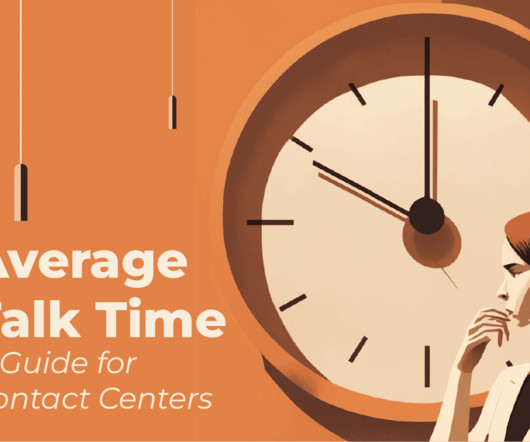The Contact Center Stack – Here’s what you need to build a modern contact center
Taylor Reach Group
SEPTEMBER 29, 2020
Customer Relationship Management (CRM). Learning Management System (LMS). Workforce Management (WFM). Quality Management (QM). Even if one of those channels is not needed at the time of platform acquisition, the missing channel should be available from your supplier as a stand-alone feature for future use.















Let's personalize your content